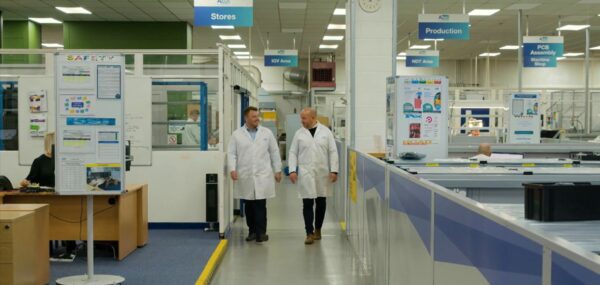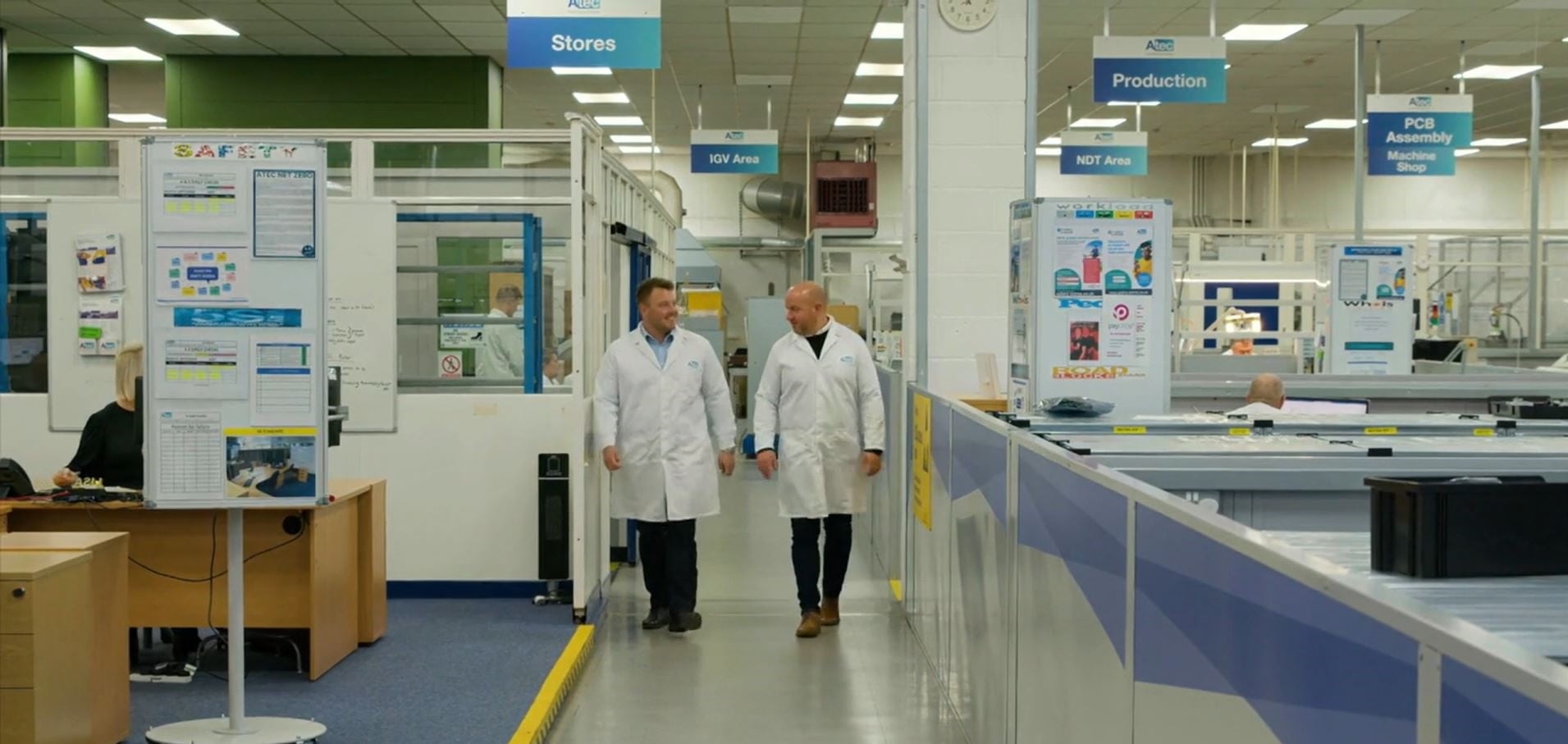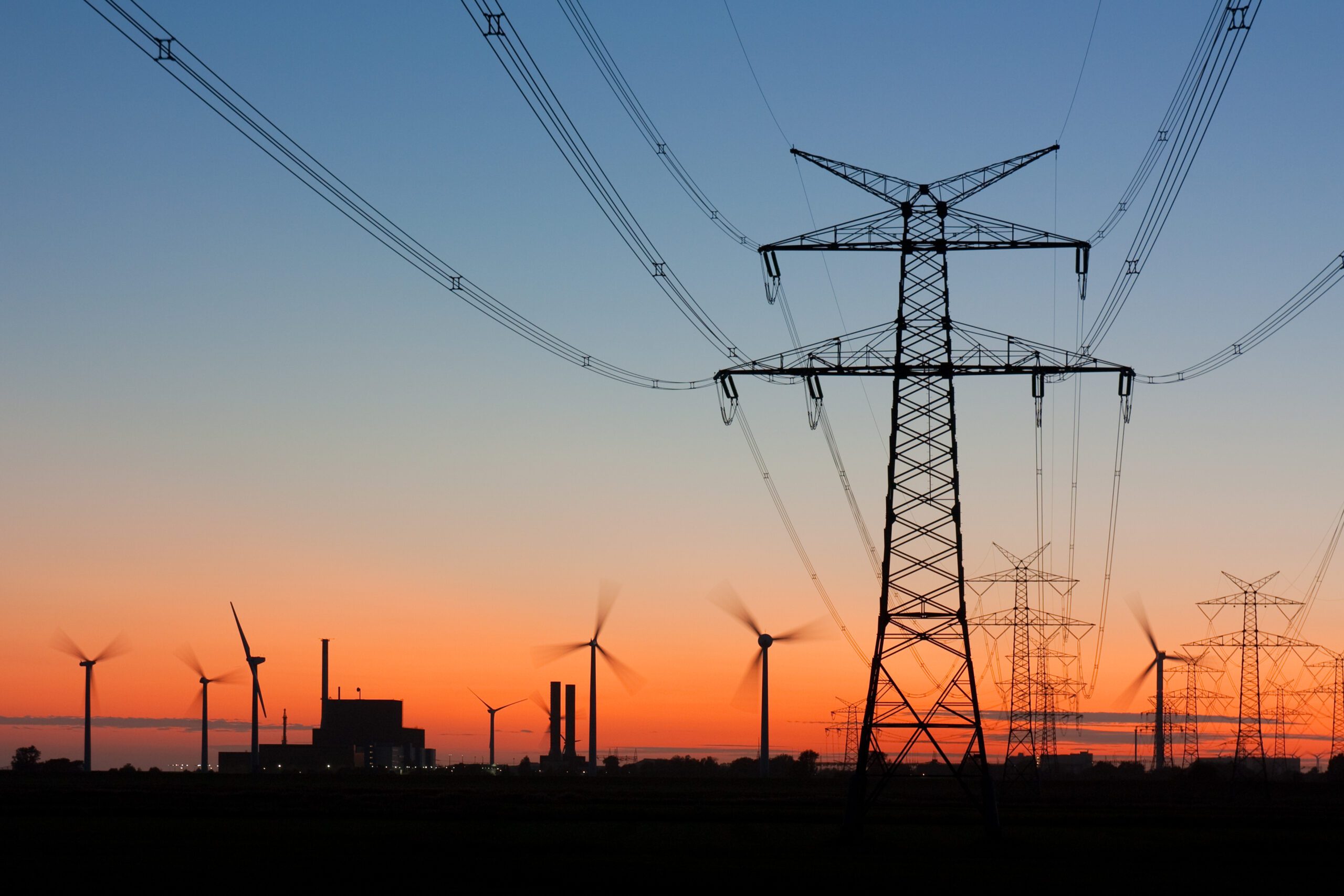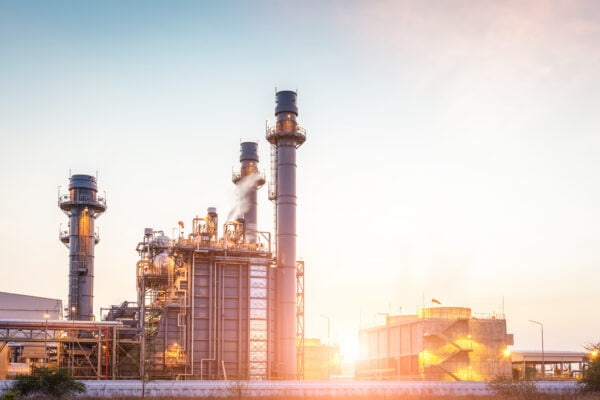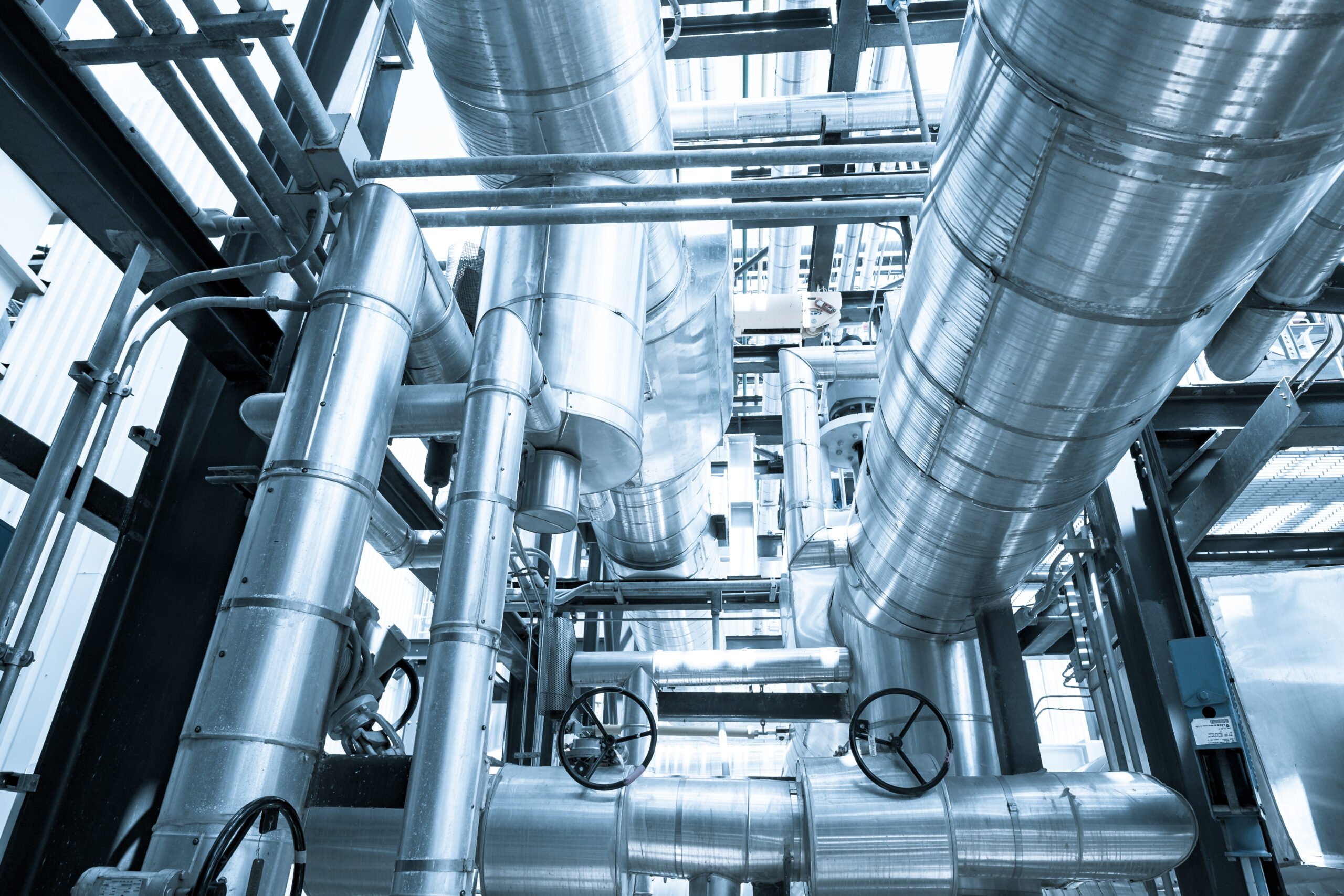
Heat recovery: How can it save food & drink manufacturers thousands
Manufacturers in the food and drink industry consume a huge amount of energy to produce their products and therefore generate large energy bills — but how can heat recovery help save manufacturers thousands in energy costs?
Manufacturers in the food and drink industry consume a huge amount of energy to produce their products and therefore generate large energy bills — but how can heat recovery help save manufacturers thousands in energy costs?
What is heat recovery?
Heat recovery, also known as a Heat Recovery Ventilation (HRV) system or a Mechanical Ventilation Heat Recovery (MVHR) system, is a system energy intensive businesses use to recover energy lost through heat and cycle it back through the system.
Food & drink manufacturers generate a huge amount of heat throughout the process of creating their products, as some will need to be heated or cooled for the food or drink product to be safe and have a longer shelf life.
Types of heat recovery systems
There are many different types of heat recovery systems but most include a form of heat exchanger, which usually sits in the loft or roof space and feeds down into the building.
- Thermal wheel heat recovery – this type of heat recovery has the largest air recovery efficiency as the wheel units are quite large in size. One of the wheels draws in stale or exhaust air from the building and the other draws in fresh air from outside. The wheels rotate in opposite directions and the energy from the stale or exhaust air is transferred to the incoming air and heating it up.
- Plate heat or recuperator technology – this is more common than thermal wheel heat recovery as it can be used on a smaller scale. It consists of a box with a number of parallel plates made from metal or plastic, that allow the extracted air to pass over the incoming air, transferring the energy and heating it up. This type of heat recovery system tends to have an efficiency around 70% at its best.
- Heat pumps – this technology takes heat from one area of a building and transfers it to another. As they operate in a similar way to a refrigeration unit, they can be used for both cooling and warming the air and there are a few different varieties.
- Closed loop technology – this can be added to an existing air handing system and consists of two coils that are connection to each other by a pumped circuit of pipes. Water is used to charge the circuit and picks up heat from the exhaust pipe, transferring it to the supply air coil.
- Heat pipe technology – heat pipes can be easy to maintain but can only be used where the air handling is done within one system. Using a tube system with a refrigerant to extract the heat from the exhaust air and pass it to the supply air, the vertical pipes then use the evaporation of the refrigerant to transfer the heat whilst the horizontal ones use wicks within the pipework to allow the transfer of refrigerant.
- Boiler flue economisers – these can be fitted on boilers and retrofitted on older models. They capture the heat vapour which is then used in a variety of ways to improve boiler efficiency.
What are the benefits?
Heat recovery systems have many benefits from reducing carbon footprint to other significant financial savings. Within the food & drink manufacturing sector, heat recovery can be interesting as manufacturers require both cooling and heating of their products and processes simultaneously.
The main benefit is the ability to have a continuous supply of fresh air that can be both warmed and cooled, depending on the time of year — eliminating the loss of heat through open windows. The air will also be cleaner and better for workers as it is within a self-contained environment with a superior ventilation system.
By using boilers and ventilation systems to become more efficient, manufacturers can benefit from greater reductions in heating costs as well as the amount of carbon emissions created. This can contribute to a manufacturers net-zero goals in helping them to decarbonise further.
For those with brand new buildings, a full commercial heat recovery system will already be in place, helping to reduce energy costs and provide a more sustainable environment. Older buildings, however, will need to retrofit a heat recovery system which comes with its own challenges. Although the Return on Investment (ROI) will be beneficial and provide long term reductions on energy consumption.
To find out more about how heat recovery can help your food & drink manufacturing business reduce energy costs and consumption, get in touch with our experts today on 01772 689250 or email [email protected].


